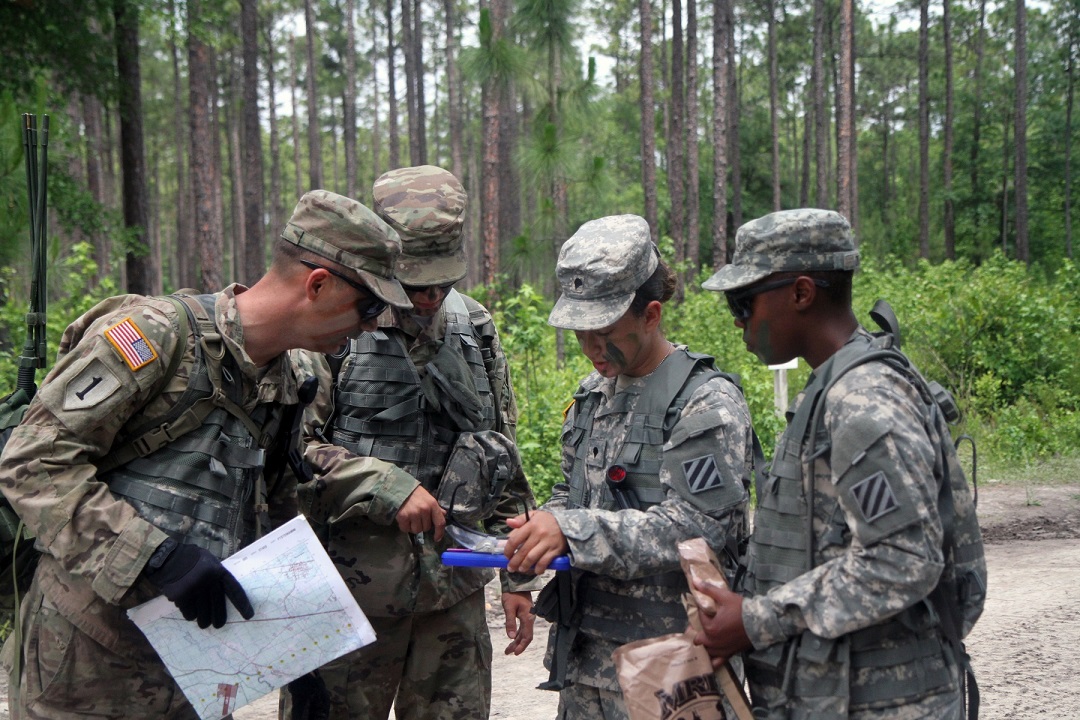This post is also available in:
 עברית (Hebrew)
עברית (Hebrew)
One of the problems characterizing the current battlefield is that in a contested environment with degraded or no GPS signal, the combatants cannot shoot, move or communicate without some sort of capability positioning, navigation and timing (PNT) capabilities. US Army Futures Command has been funding and testing new systems that will help troops maintain these capabilities against adversaries.
Col. Nick Kioutas, program manager for position, navigation and timing, said such technology is critical across the Army’s portfolio. The service’s multi-domain operations concept “talks about penetration, disintegration and exploitation — and PNT is needed for all of those,” he noted.
According to nationaldefensemagazin.org, the cross-functional team is one of eight such groups spearheading the development of new technologies as Army Futures Command focuses on long-range precision fires, next-generation combat vehicles, future vertical lift, the network, air-and-missile defense and soldier lethality.
Exercises such as PNT Assessment Exercise, or PNTAX, at White Sands Missile Range, New Mexico can be useful opportunities for industry to demonstrate their products.
The US Army is currently working on replacing its defense advanced GPS receiver, or DAGR, Kioutas said. The device is outfitted with a military code known as the selective availability/anti-spoofing module chip. However, the Defense Department is moving to the next code level known as the M-Code, he said. “We have 300,000 of them, so it’s going to take us a little bit of time. We’re upgrading the software in these to be more spoof-resistant because it’s going to take a while” to fully replace the devices, he added.
There are mounted and dismounted assured PNT systems, Kioutas said. The dismounted version will be integrated with the Army’s Nett Warrior situational awareness system and replace the DAGR, he added.
The mounted version will include jamming and spoofing protection that can be used on military vehicles. It will be scalable, modular and have an open standard interface.


























